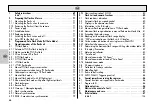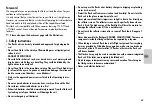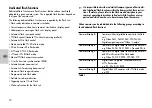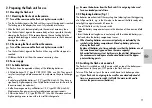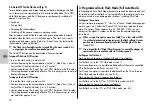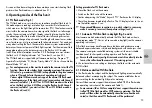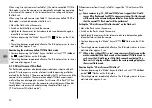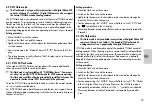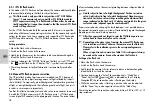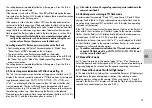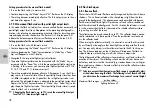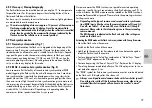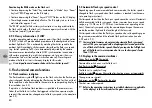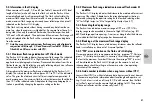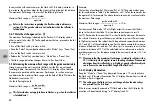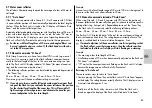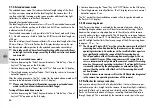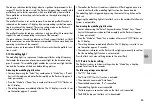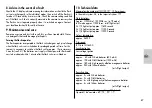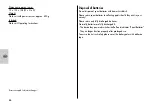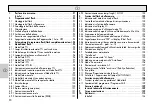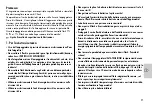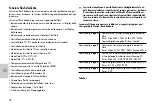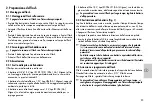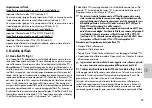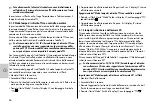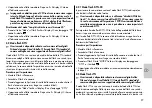
82
ķ
In conjunction with certain cameras, the flash unit’s LC display indicates, in
this instance, the guide number for the current setting instead of the distance.
The maximum flash range is the result of the following formula:
guide number
Maximum flash range = ——————————
aperture
Refer to the instructions regarding the flash-to-subject distance in
section 5.5. The guide number is not indicated when the reflector is
folded down.
5.4.7 Meter-Feet changeover (m - ft)
The maximum flash range indicated by the flash unit’s LC display can be
either in meter (m) or feet (ft). To change between the two, proceed in the fol-
lowing manner:
• Turn off the flash unit by its main switch.
• Keep the “Select” key combination depressed (= “Mode” key + “Zoom” key).
• Turn on the flash unit by its main switch.
• Release the “Select” key combination (= “Mode” key + “Zoom” key).
• The flash range indication changes from m to ft or from ft to m.
5.5 Determining the maximum flash range with the guide number table
Group A cameras do not transmit to the flash unit the ISO, aperture and
focal length data. Consequently, the flash unit’s LC display will not indicate
the camera’s aperture and the maximum flash range. In such an event you
can determine the maximum flash range with the help of Table 2 listed in the
Addendum (see section 10).
Use the following formula:
guide number
Maximum flash range = ——————————
aperture
This formula does not apply to bounce flashes, e.g. when the reflector
is folded down!
☞
☞
Example:
The lens has a focal length of 50 mm and ISO is 100. The guide number given
for this combination in Table 2 in the Addendum is 40. Set on the camera or lens
the aperture f/4, for example. The above formula can now be used to calculate
the maximum flash range:
guide number 40
Maximum flash range = ———————————— = 10 m
aperture 4
For the manual flash mode “M” at full light output this means that the dis-
tance to the subject should be 10 m to obtain correct exposure results.
For TTL flash mode this means that 10 m should be the maximum distance to
the subject. However, to give the camera’s electronic system sufficient scope
for light output control the subject should be positioned somewhere between
40 % and 60 % of the calculated range. For the above example this means a
distance of between 4 m and 6 m. For close-ups it is necessary to ensure that
a minimum distance of 10 % of the calculated value is observed in order to
avoid overexposure. For the above example the minimum distance is 10 % of
10 m = 1 m.
Please note that the maximum flash range is related to subjects with a
25 % reflectivity which applies to most shooting situations. Pronounced
deviations from this reflectivity, e.g. highly or poorly reflective subjects,
can influence the maximum flash range of the flash unit.
5.6 LC display illumination
Keep the “Mode” or “Zoom” key depressed for approx. 10 sec. to activate
the flash unit’s LC display illumination. The LC display illumination is switched
off when a flash is triggered.
The settings on the flash unit are not changed when the above keys
are pressed for the first time!
If the shot was correctly exposed in TTL flash mode, then the LC display illu-
mination will be activated during “o.k.” display (see 4.5).
☞
☞
Summary of Contents for MECABLITZ 54 AF-1 N
Page 45: ...45 ĸ ...
Page 67: ...67 ń ...
Page 89: ...89 ķ ...
Page 111: ...111 ƴ ...
Page 141: ...141 ...

